Who put the cigarette filters there?
There seems not to be a real consensus about photo editing and photo authenticity. The discussion is lively and appears to be endless. So, why should one care? I think that it is an important discussion, because it is about facts and fake. A discussion, which is important way beyond photography. I will try to keep it short, focused and simple. It is in fact quite simple, I believe. I don’t want to start a discussion here, I only want to try to stipulate a rethinking of the problem.There should be a consensus about what kind of pictures we call a photograph. Languages are based on conventions and communication is only possible, if the majority accepts these conventions. A simple example. If somebody would decide to call a table a chair and a chair a table, misunderstandings would be the consequence and communication impossible.
What is the definition of a photograph?
The name describes the technique: drawing a picture by light (photons). A photograph shows a moment in time and viewers will think that the depicted scene existed at the moment of exposure. It doesn’t matter how the scene was recorded. Focal length, aperture, color or b&w, filters, exposure time, movements during long exposure times, and so on only effect how a scene will appear in the photograph.
Editing, yes or no?
Editing a photograph can be a technical necessity. Analog film, scanned film or digital photographs have a much higher dynamic range than paper, which has a dynamic range of only about eight stops. Therefore, printing a photograph requires an adaptation of the dynamic range and the kind of adaptation depends on the paper type. Glossy papers, matte papers, cotton papers, baryta papers etc., all require different adaptations of a photograph for its transfer onto paper. Cropping is the equivalent of a zoom lens. You change how a scene is depicted, but you don’t change the scene.
Which kind of editing turns a photograph into a pixelgraph or a collage?
Removing or adding elements of a scene is a process which creates a different scene, a scene which never existed. It changes what we see. The result can not be called a photograph anymore. It hasn’t been done very often in analog photography, because it requires technical skills and a lot of time. Now, a software does this in split seconds and therefore nowadays it is done regularly. All the new tools advertised in current photo editing software version adds are to be used to alter the scene recorded as a photograph. It is becoming easier to add or to remove elements or to change a midday scene into a sunset scene or a blue hour scene. Their business has a huge impact on what people consider as being real or fake. We should all keep an eye on these developments. The image created using such tools still looks like a photograph and it will be seen as a moment in time. If such editing processes aren’t pointed out to the viewers, a lie is created. Lying has always been the purpose of such editing processes. Most often for political reasons. Numerous examples of fake analog photos have been published. My favorites are those with some imperfections, like this group photo of soviet leaders, in which one person’s head had been removed, but not his feet.
Editing processes, which do not alter the entire image alter the scene selectively and thus create a new scene which never existed. Increasing the contrast of selected areas for example, thereby darkening a selected shadow so that what is in the shadow can’t be seen anymore, changes what can be seen selectively. It has the same effect as cloning something out. The image doesn’t fulfill the definition of a photograph anymore. If all shadows in an image are darkened in the same way by increasing the contrast, a viewer is able to understand, that what might be hidden in the shadows should not be recognizable. Viewers might wonder, but they are able to understand that this is the way the photographer shows the scene. Viewers are not purposely mislead.
Manipulation in photography
The use and meaning of the term manipulation has been changed in the past centuries. Originally, it had been used to describe activities using a hand; latin ‚manus‘ means hand. However, nowadays, the term is used to describe methods which alter a persons perception for the benefit of another person. Therefore, the term should not be used to describe the editing processes of photographs. Describing photo editing processes which alter a scene as a manipulation, hides what is really the goal of the type of such editing processes. It is the purposeful alteration of messages to alter peoples perception in a specific way. This is a dangerous development for any society.
The points I am discussing don’t cover everything the technology of photography can be used for, especially by artists. Several artists used and still use the power of photography for their art. The work of A. Gursky, a photo painter, is a perfect example. His images appear to be photographs, but are in fact pixelgraphs. He exaggerates and he creates scenes and views no human eye has ever seen, but what if…

Share this post:

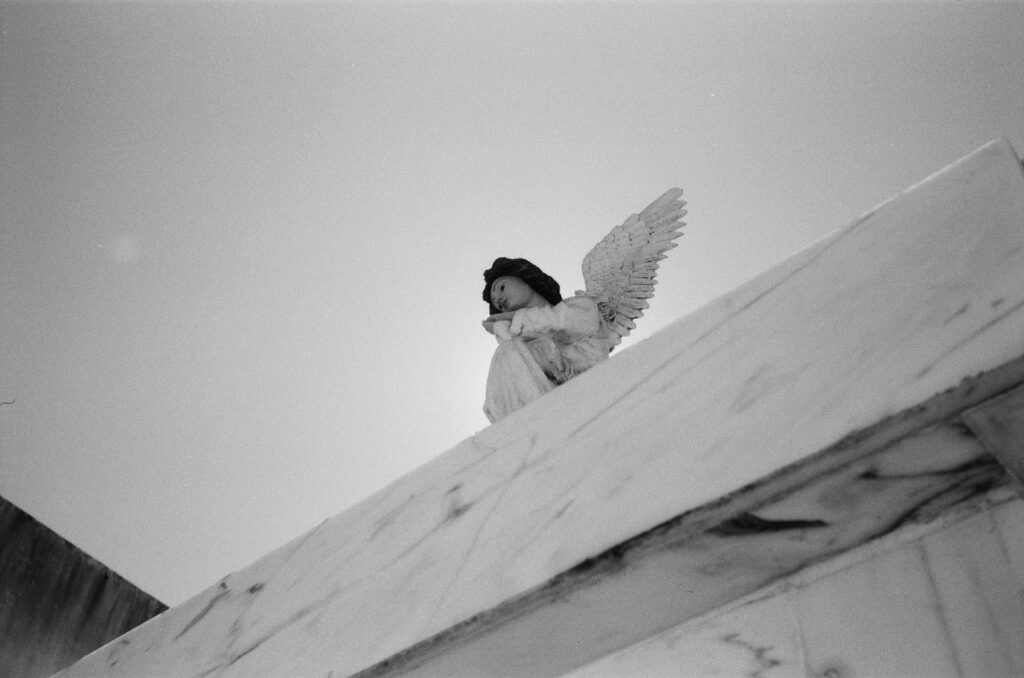

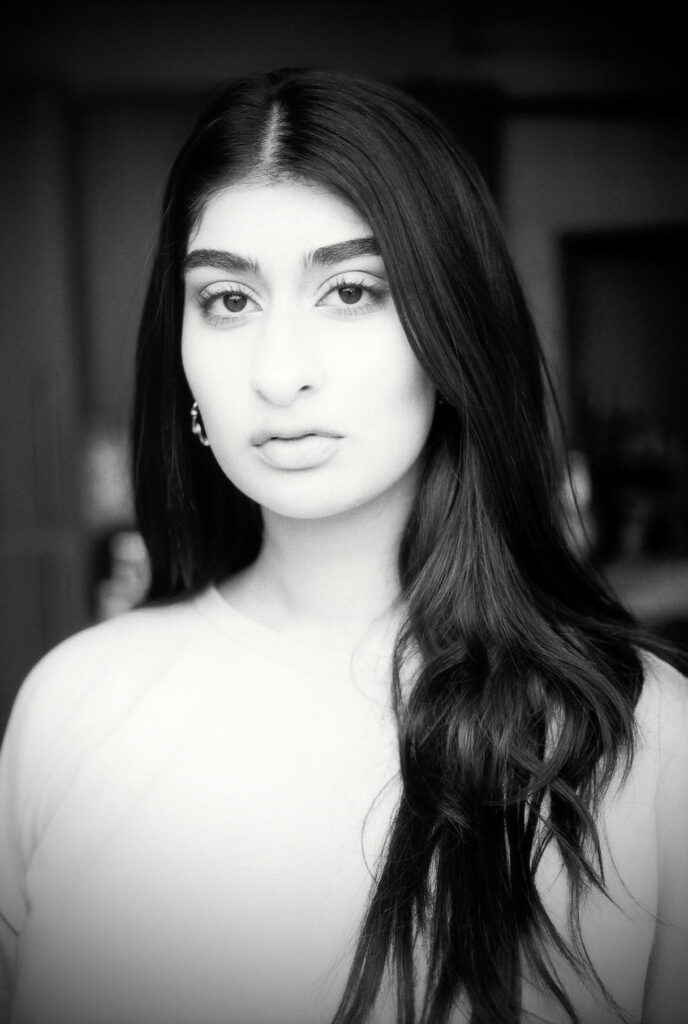
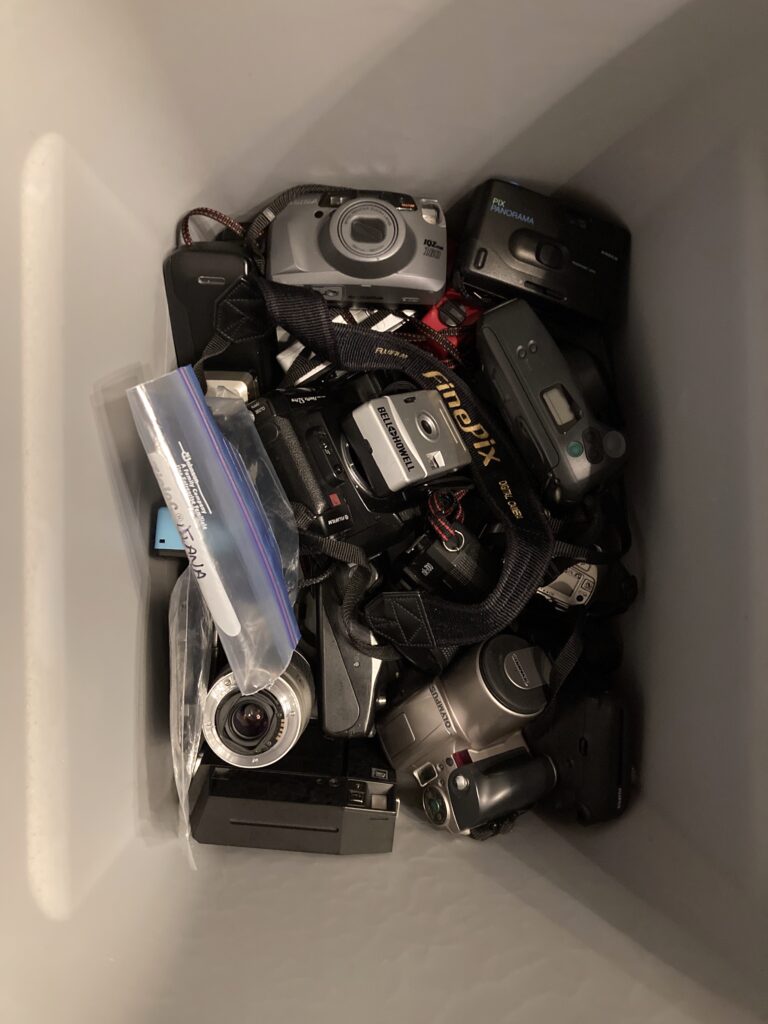
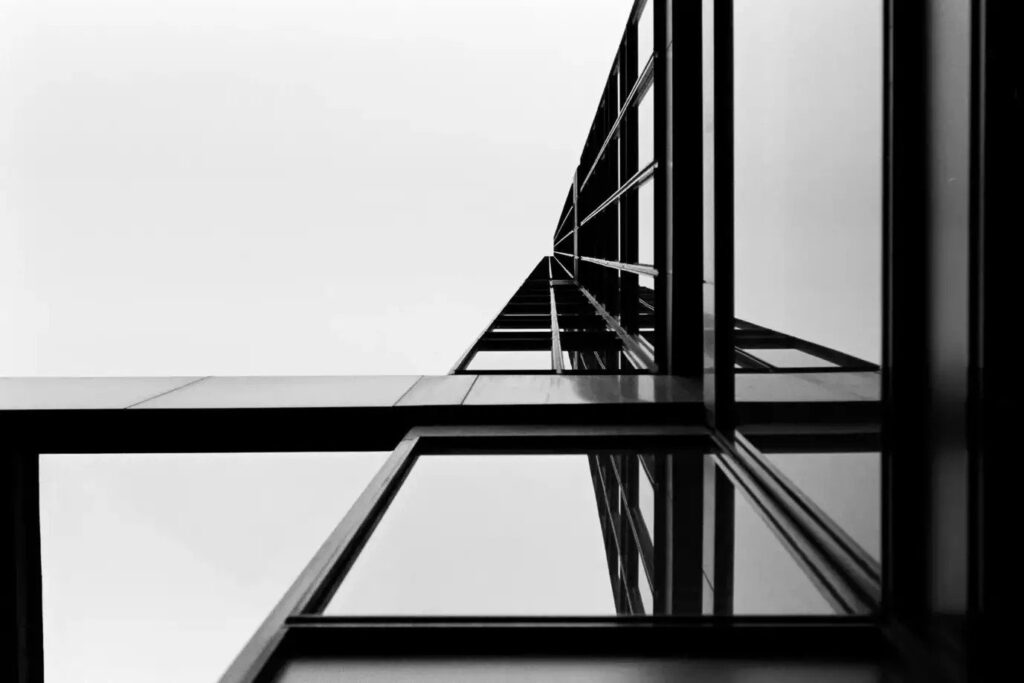


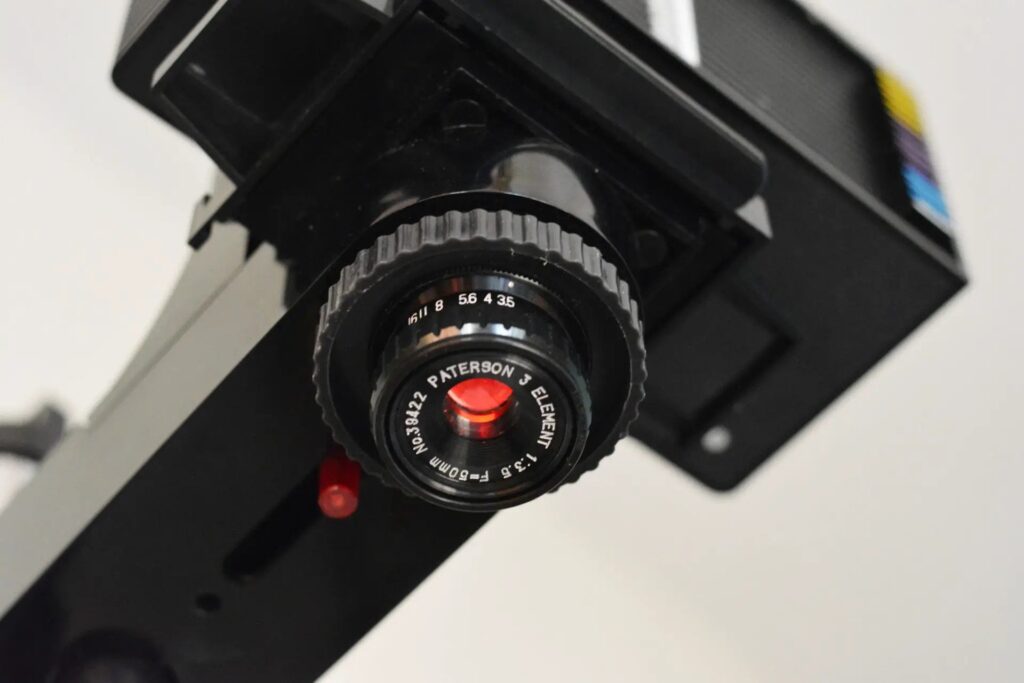
Comments
Bob Janes on Editing, manipulating, lying, fake – towards an agreement of the meaning of words
Comment posted: 13/11/2025
A photograph is a two-dimensional, static depiction, often in monochrome of a three dimensional scene which exists in time and has colour and depth. Simply by positioning the camera and pointing the lens in a particular direction, photographers ‘edit’ what appears in the final photograph. Reality has already been left at the door.
Manipulation is an essential part of photography and has been since the beginning – we need to manipulate the latent image to make it visible and we need to fix it to make it permanent. Manipulation of an image to affect what is seen has long been a part of analogue photography – some of it did take great technical skills and time, but some if it was quite heavy handed (the same can be said of modern ‘photoshopped’ pictures).
We accept that the model in Man Ray’s ‘Le Violon d’Ingres’ did not really have sound holes in her back, and it doesn’t really matter if they were painted onto the model or added to the negative after the fact. It’s not a lie and it is still a photograph, as well as a work of art.
While I admire the wish for clarity, I’m afraid none of us can redefine the meaning of a word like photography. I would point out that, in writing this piece, you are attempting to manipulate the attitudes of your readers, just as I, in turn, am attempting to counter to manipulate your view and that of other readers.
Many thanks for the mental stimulation though :-)
Comment posted: 13/11/2025
Comment posted: 13/11/2025
Roger on Editing, manipulating, lying, fake – towards an agreement of the meaning of words
Comment posted: 13/11/2025
An additional complication is that the human eye may not see scenes in the same way as either film or a digital sensor. Perhaps a manipulated HDR image could be closer to what a human would see looking at the scene, because the eye would adjust when moving from light to dark areas. Also, film and sensors differ in ways that include dynamic range and the rendering of colours. How should we view taking a digital image and darkening shadows (and maybe adding grain) etc to make it look identical to how the image would have been if shot on film?
Comment posted: 13/11/2025
Stewart Waller on Editing, manipulating, lying, fake – towards an agreement of the meaning of words
Comment posted: 13/11/2025
The general rule was anything you could easily do in a darkroom, such as burning, dodging, cropping, contrast, to make the image look more like it looked to the photographer at the time, but maybe not exactly how the film recorded it with its limitations (dynamic range, for example). However, something overly wrought, with something added or removed, or a double exposure, even, to achieve the desired dynamic range of say, a lighted building at night, would have to be called a photo illustration. Removing something like a stray bird from the sky in the distance was absolutely unacceptable, but digitally removing a spot where dust had spoiled the image was at least a subject of debate. Many American photographers lost their jobs at papers doing more, like changing the color of the sky for drama, without alerting the editors to this alteration.
I went on to work mostly in marketing, ironically, where no such ethical constraints apply. At 63, I still work in a product studio 40 hours a week, and nothing I photograph could be considered, IMO, a photograph by the end of the editing process. I work in photo illustration, making everything look better than real, and increasingly faker than real because that's what viewers are becoming used to. And everything is also a collaboration, so I can't really even call what I make art.
In my free time, I continue practicing photography as I was trained, producing images in-camera digitally and on film with minimal post processing work outside of sharpening, exposure and contrast and sometimes a little cropping. Not because there's a moral imperative, but because that's what I enjoy most about photography.
David Pauley on Editing, manipulating, lying, fake – towards an agreement of the meaning of words
Comment posted: 13/11/2025
The idea that a photograph must represent an untouched moment seems too narrow for a medium that has always balanced documentation and expression. Transparency about editing is crucial, yes — but art and communication thrive on nuance, not rigid definitions. Photography’s strength lies precisely in that gray area between truth and interpretation.
NOTE TO READERS: the above 2 paragraphs were written not by me but by chatGTP in about 2 seconds. I include them here to point out what a strange new world we've entered into. Thanks for your provocative piece, Peter. - David Pauley
Jalan on Editing, manipulating, lying, fake – towards an agreement of the meaning of words
Comment posted: 13/11/2025